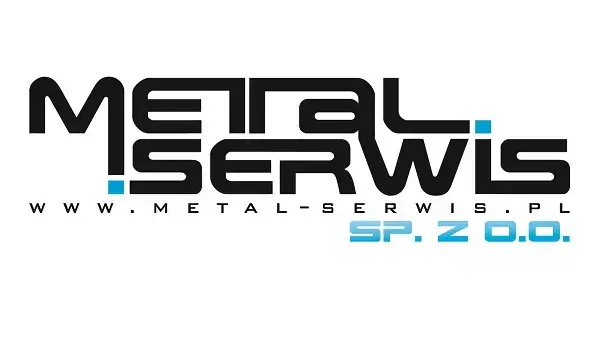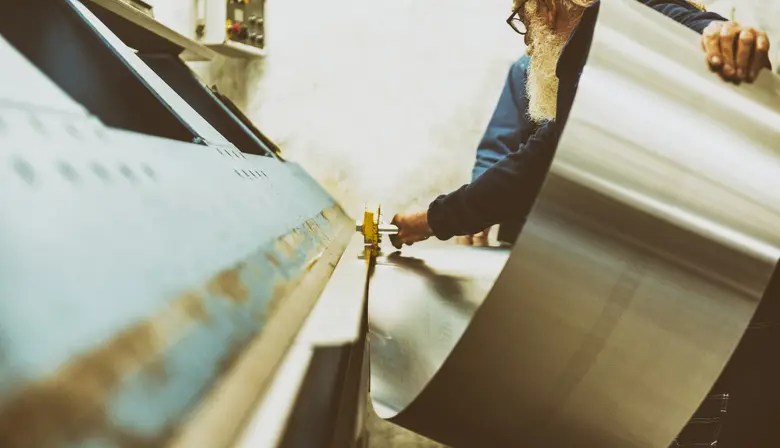Sheet metal is an extremely popular material used in virtually every branch of industry. It serves as a raw material for the production of many tools, precision machine parts, or entire structures. It is durable, resistant to mechanical damage and adverse weather conditions. However, to make good use of its potential, it is necessary to subject it to appropriate processing, tailored to the goal that the manufacturer wants to achieve.
3 most commonly used sheet metal processing methods
The first and most commonly used method of sheet metal processing is cutting. Using this type of processing, practically any element can be cut from a large, unwieldy sheet of metal. Currently, various methods of sheet metal cutting are available, primarily adapted to the desired effect. In cases where very precise cutting is necessary, laser cutting or plasma cutting is used. For thick pieces of sheet metal, band sawing works excellently. If the cutting does not need to be precise, guillotine shears can be used.
Another very frequently used method of sheet metal processing is bending. This is how various elements such as pipes, rollers, profiles, shaped sections, or tank shells are produced. During bending, the sheet metal undergoes permanent deformation without compromising its integrity. It can be performed hot or cold. Special presses, rollers, or mandrel benders are used for bending sheet metal. The next popular processing method is sheet metal welding. This is a type of heat treatment aimed at joining metals and their alloys by melting their edges without using pressure. It requires appropriate skills and experience. Currently, various welding methods are available, tailored to the materials that are to be joined together.

